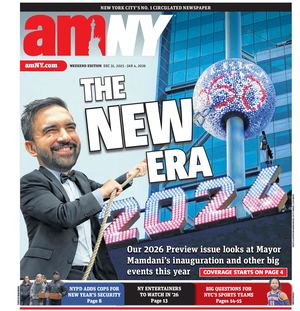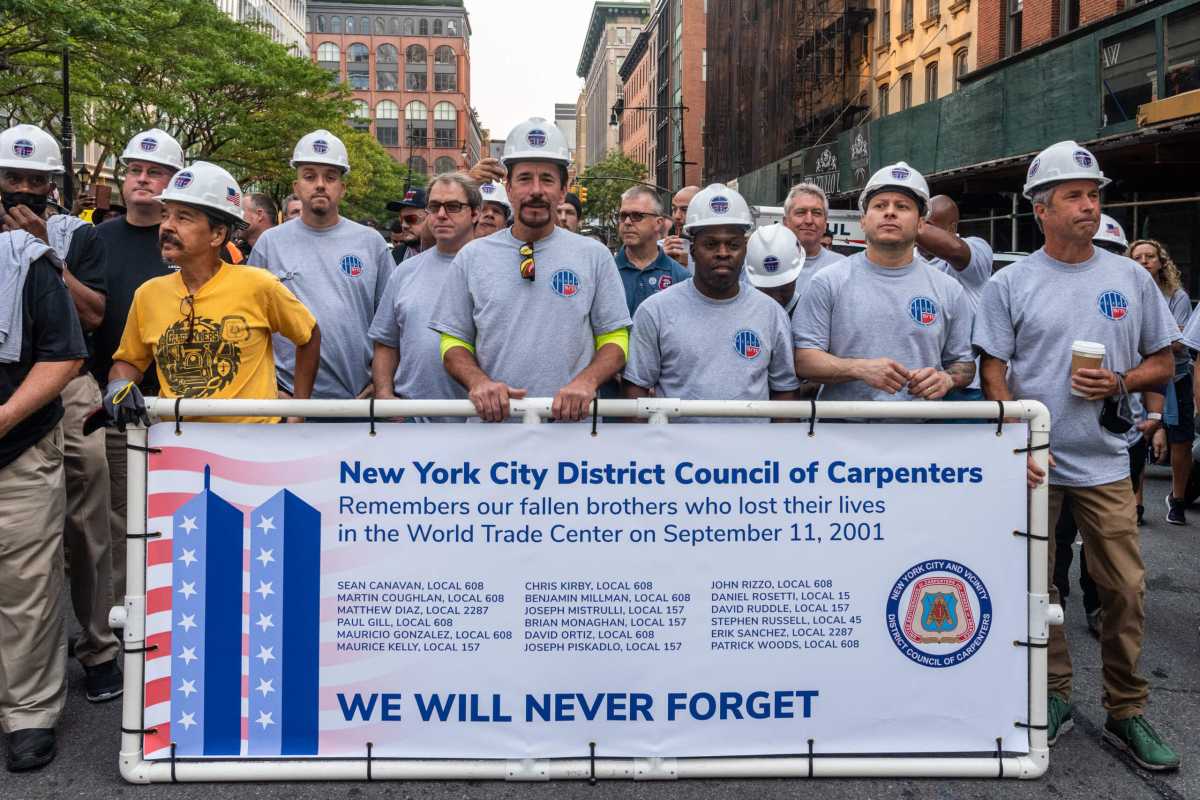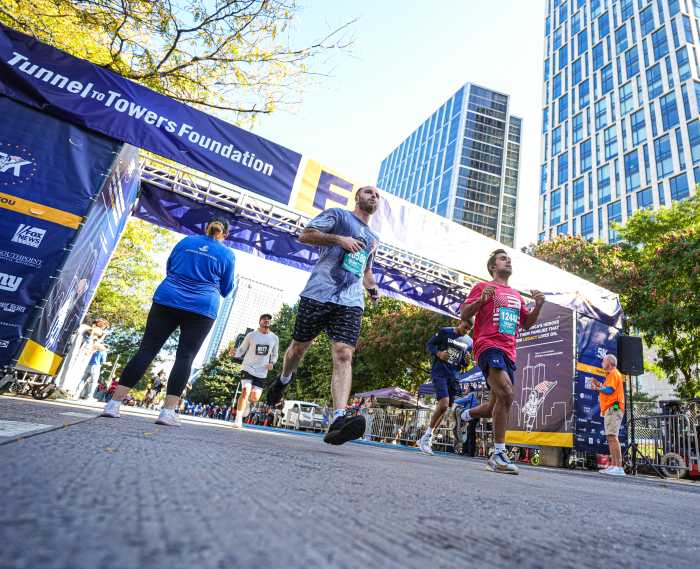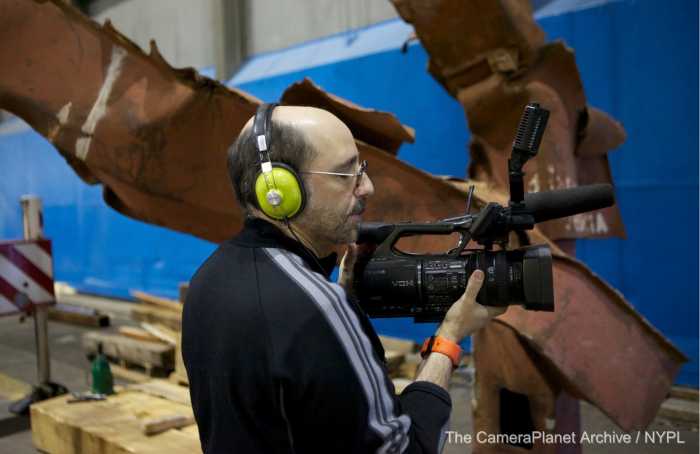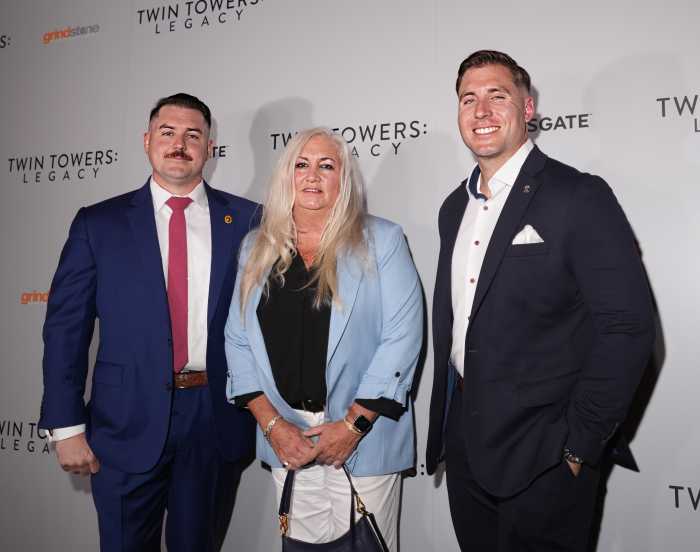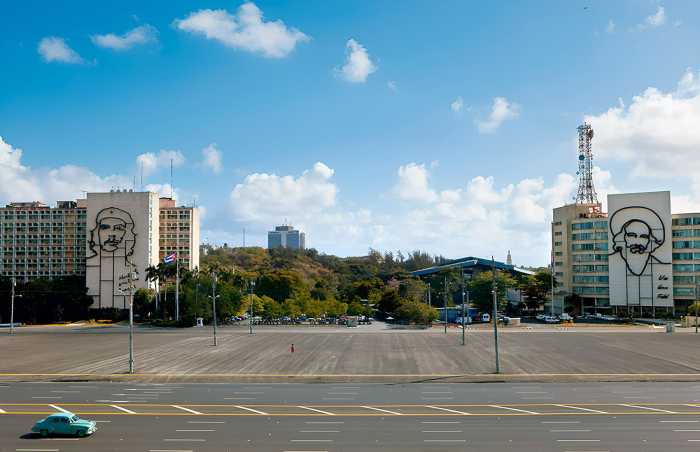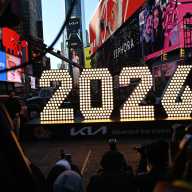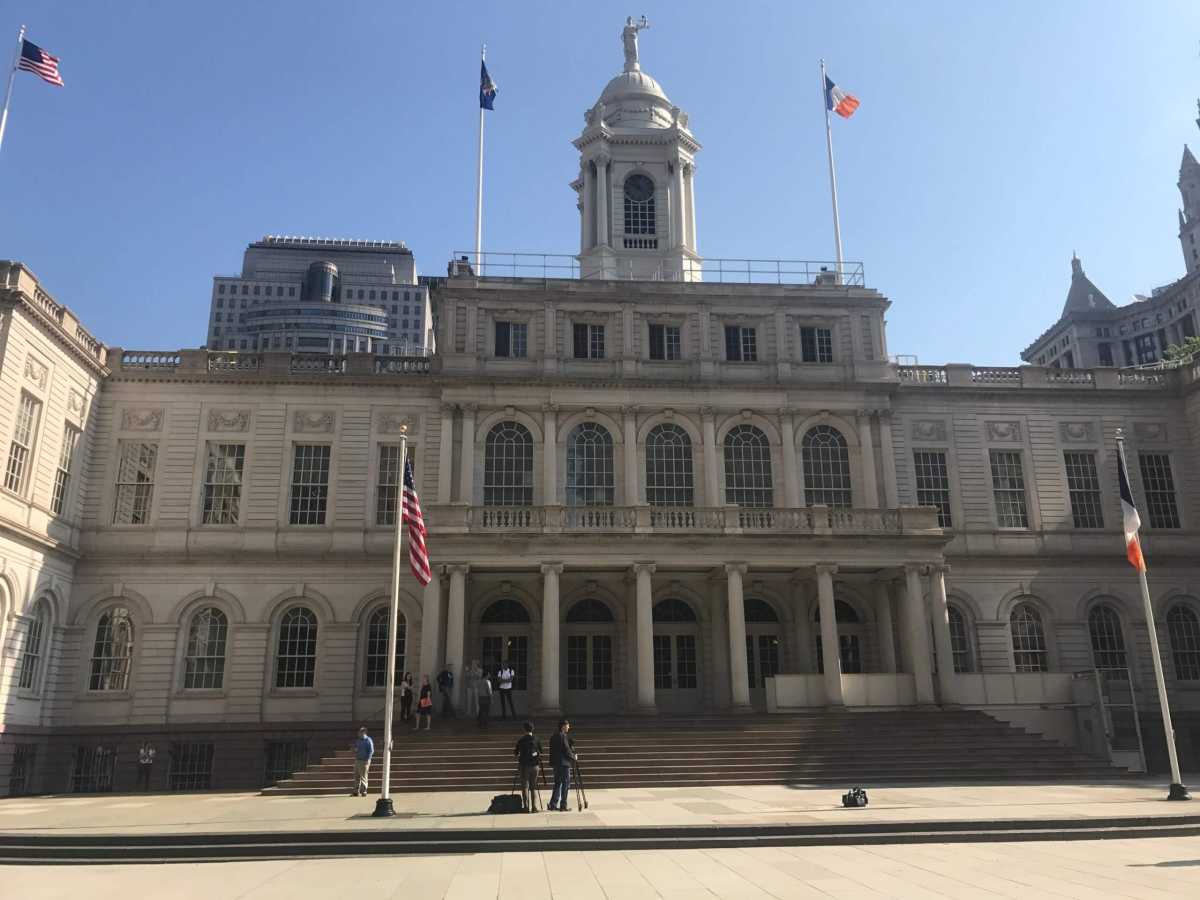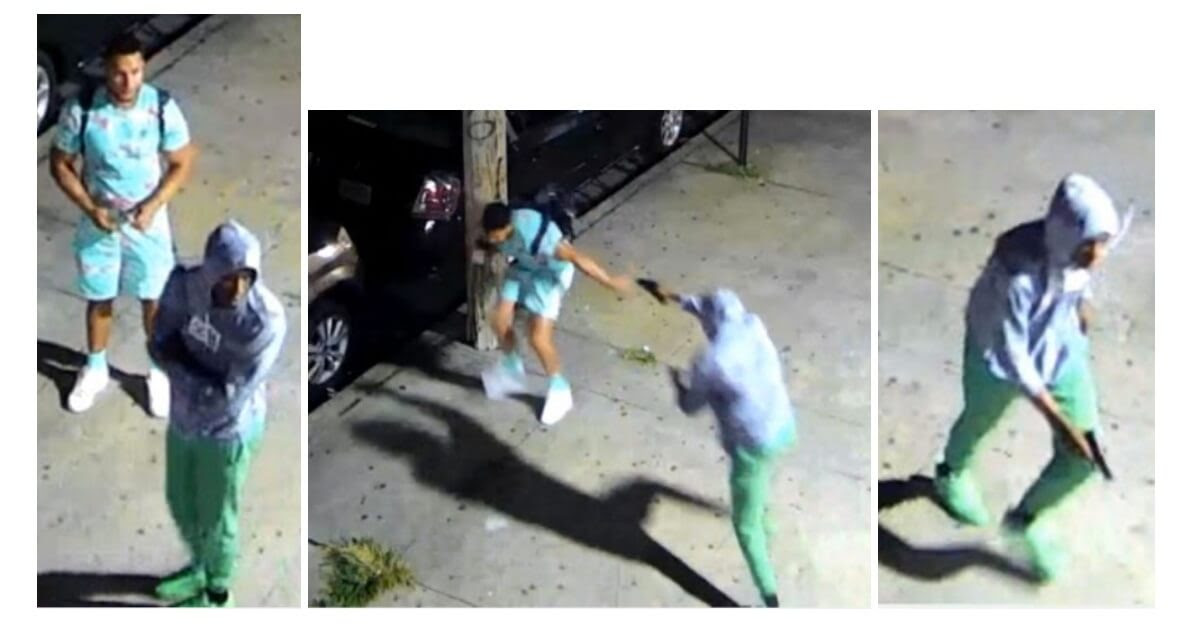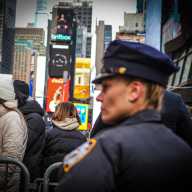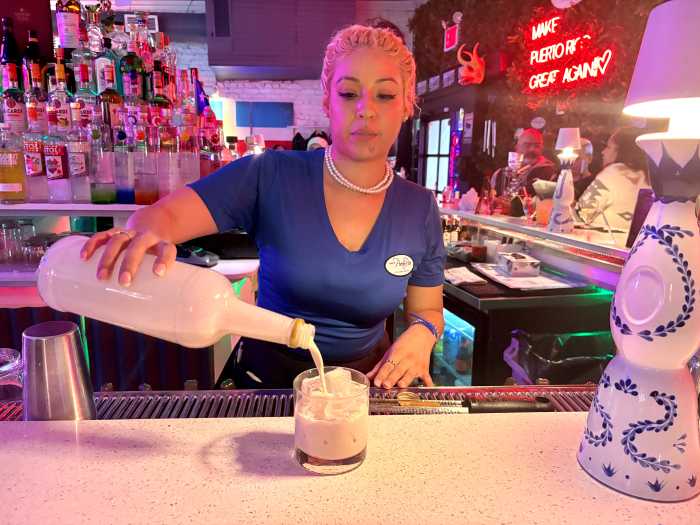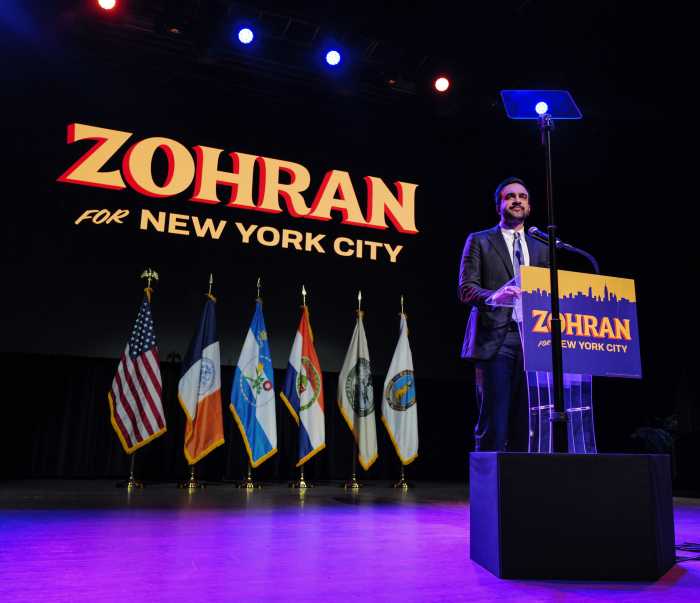After terrorists brought down the World Trade Center 20 years ago, an army of construction workers descended upon what was called “Ground Zero” to help police officers and firefighters search for victims and survivors.
It became one of the largest recovery and cleanup operations in the nation’s history, as workers toiled around the clock for nine straight months, facing incomprehensible horror and toxic, smoldering debris. On the day after Americans marked the 20th anniversary of 9/11, union workers marched through Lower Manhattan on Sunday, Sept. 12, to recognized all those who participated in that arduous recovery effort.
Bill Keegan — the founder of HEART 9/11, a nonprofit comprised of a team of former first responders that help communities during disasters — wanted to honor the incredible contribution the building and construction trade made after 9/11. The former Port Authority police officer and commander of the World Trade Center rescue/recovery teams partnered up with the Building Trades Employers Association and Building and Construction Trades Council of Greater New York and organized Sunday’s march.
Accompanied by the pipe and drum bands from the Port Authority Police Department, hundreds of carpenters and elevator union members, and teamsters made their way down Greenwich Street to the Oculus Plaza for a slew of speeches.
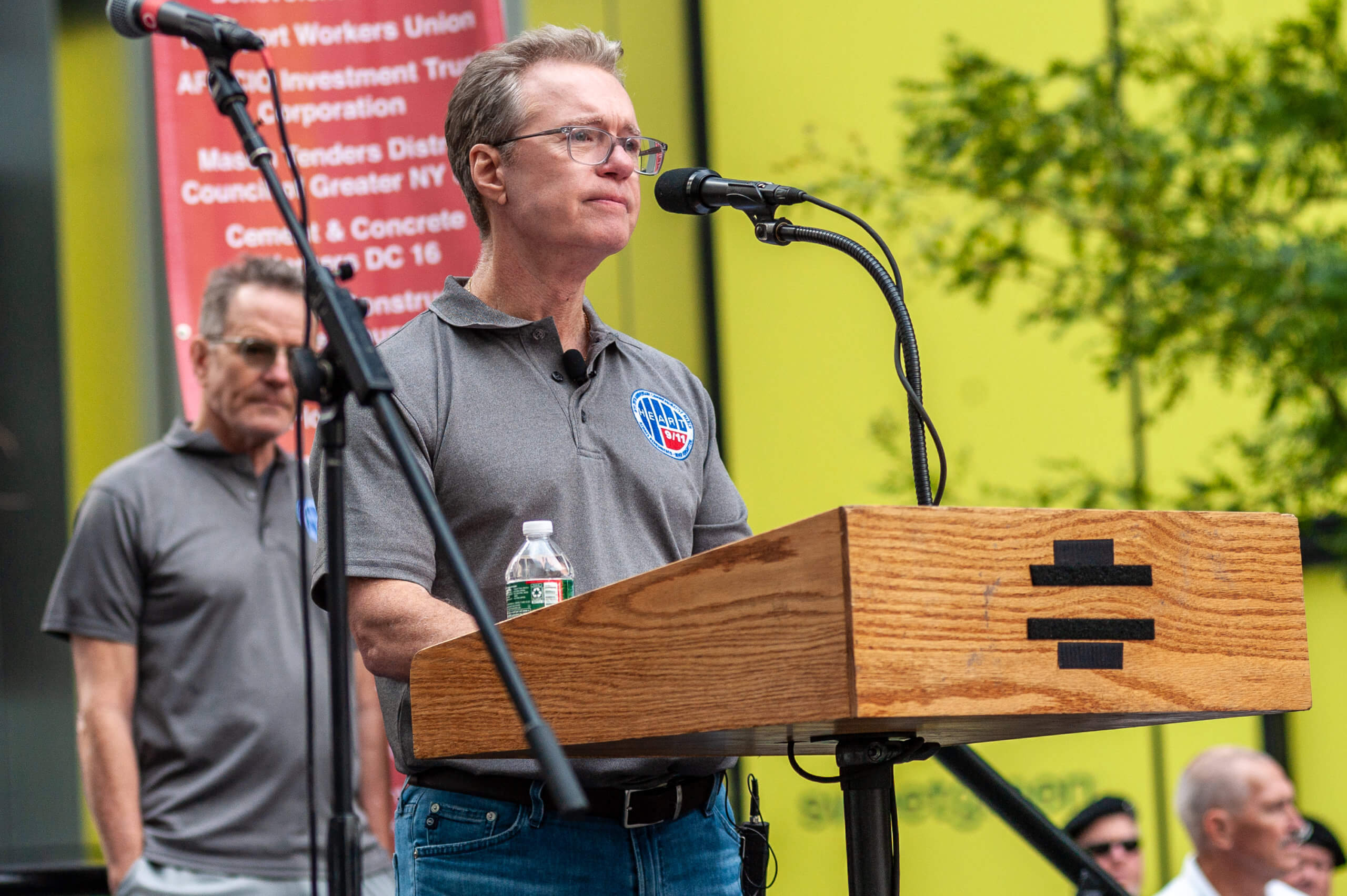
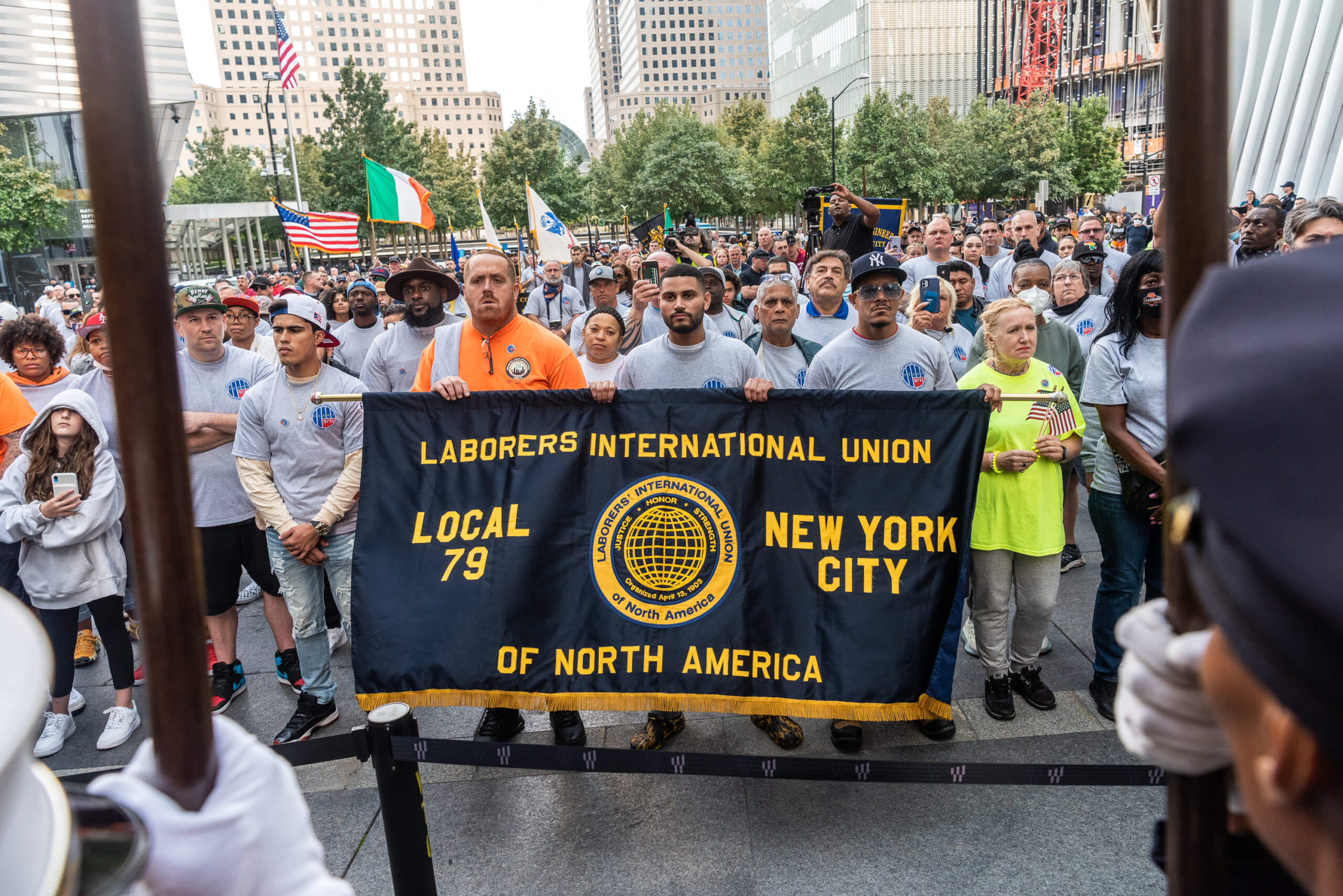
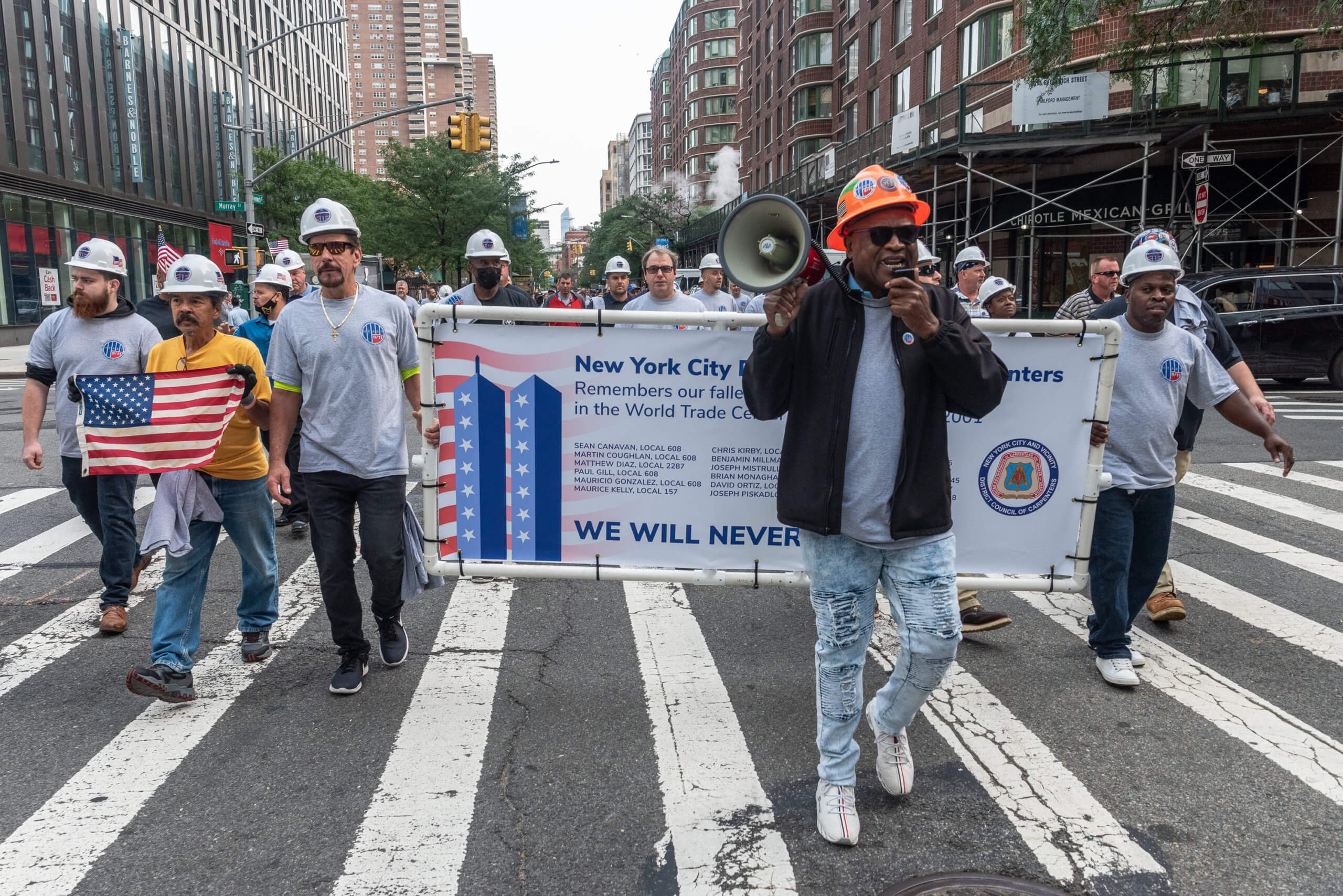
“On 9/12 is when people looked at that pile, saw the workers working, doing what we do,” Keegan said. “We weren’t paralyzed. We got up off our knees, and we went to work to try to bring some comfort to those families that were looking for answers, what happened to their loved ones.”
The building and construction trade unions lost 63 members on 9/11, and many of the construction workers who toiled on the pile in the months after the attacks have come down with 9/11-related illnesses.
“The construction trades were severely impacted by the toxins that they breathed down there,” Keegan explained. “I mean, many of these people worked like so many of us six days a week, 12 hours a day, and 12 hours a night. It was a 24-hour operation, and they are coming now with the same illnesses as policemen and firemen.”
Keegan told the construction workers that they were the glue that brought the country together.
“Not just for those nine months,” Keegan said, pointing to the Oculus and One World Trade Center. “Look at where we are. From that pain and suffering, from that large pile, then turned into a pit. Look what you’ve built. It’s incredible. And it is because of you. You know, whenever a country is in despair, all we have to do is look to the workers, to the people who get it done.”
Sunday’s march also had some high-profile support.
Actor Rosie Perez shared that she got involved with HEART 9/11 after Hurricane Maria hit Puerto Rico. HEART 9/11 was already on the ground in Puerto Rico, helping with the rebuilding efforts.
Perez and her friend Ramon Rodriguez were able to raise money for the non-profit with the help of David Angelo, and the HEART 9/11 team has rebuilt over 400 homes on the island so far.
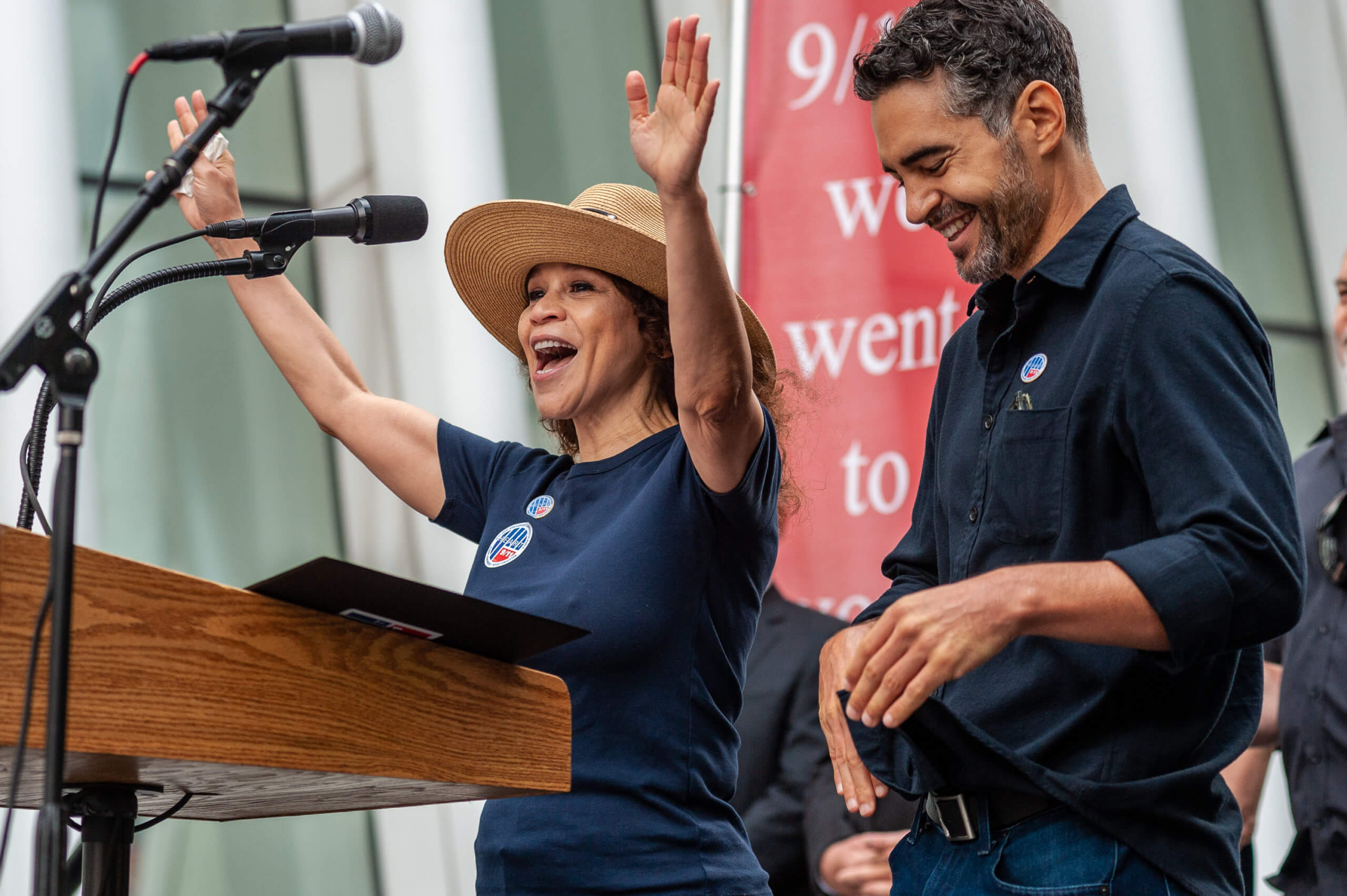
Perez said that honoring the construction workers was important. No one should ever forget their selfless contribution helping with the rescue and recovery mission risking their lives, inhaling all the toxins from the pile.
“We saw them on the news, and we’re all wondering, ‘who are these people?'” the Brooklynite said. “Because they weren’t in the NYPD uniform or the New York Fire Department uniform. They were just regular Joes and Jills going down there, and they were the trade unions.”
Actor Steve Buscemi was an FDNY firefighter with Engine 55 in the early ’80s. He worked the pile for five days bearing witness to the first responders’ dedication.
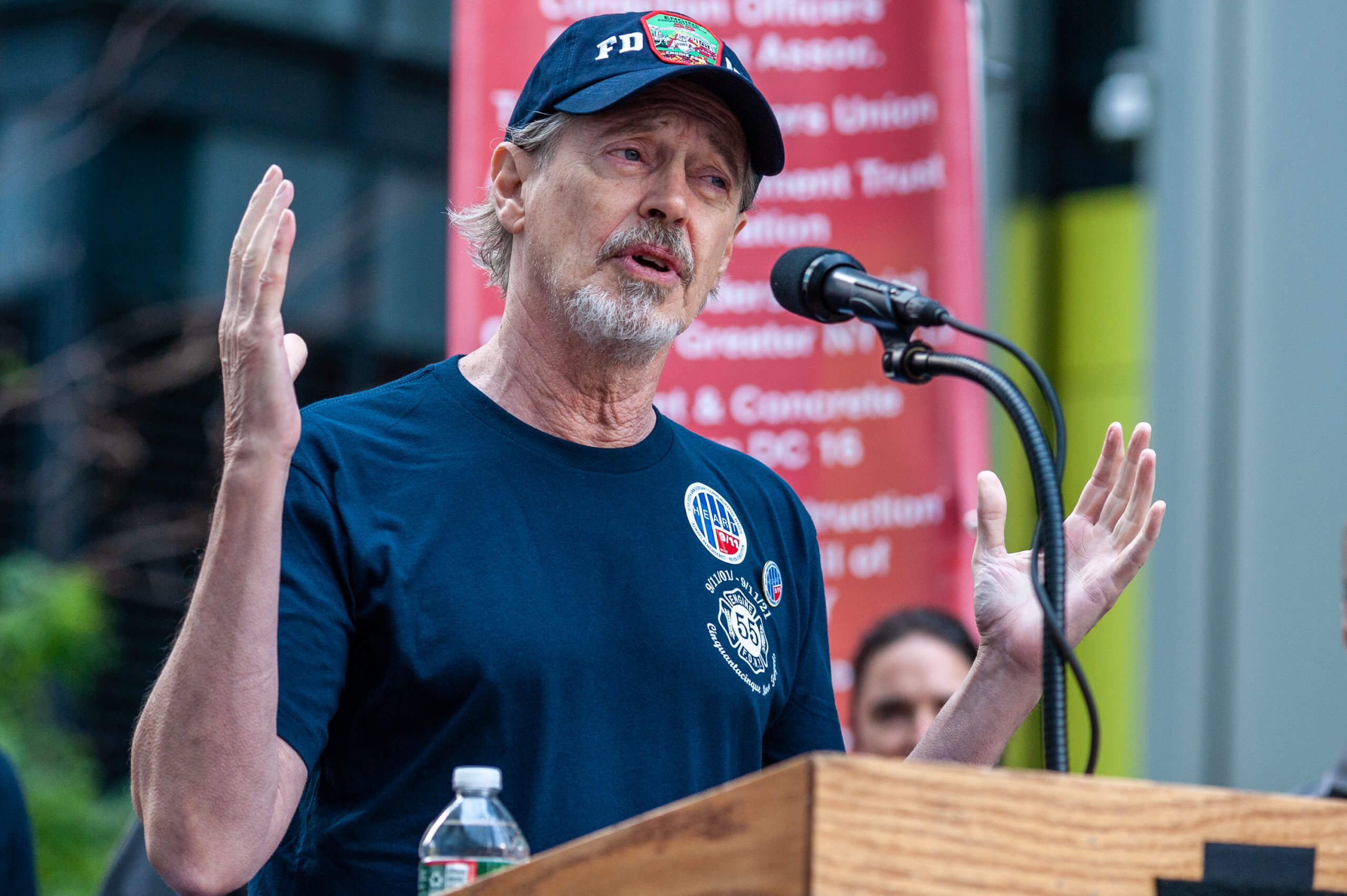
“I’m so honored to be here with you today because I’ve witnessed the work that you did here,” Buscemi said. “I witnessed that humanitarian effort in the face of the greatest evil. What I witnessed was pure love in action. You don’t care about the attention that you get. You’re there to do your job.”
Gary LaBarbera, president of the Building and Construction Trades Council of Greater New York and the New York State Building and Construction Trades Council, recalled the days that followed the day of infamy.
Desperate families, standing outside the security perimeter holding up images of their loved ones who worked in the Twin Towers and whom they hadn’t heard from since that dreadful day.
“But let me say with all those horrific and vivid memories that on that day,” LaBarbera said, “there was an estimated 10,000 union construction workers from every borough who came to this site because that’s who we are. We don’t run from fear. We run to it. We know our training. We know our expertise, whether it’s 9/11, Superstorm Sandy, or COVID. You may knock us down, but you will never take us down.”
